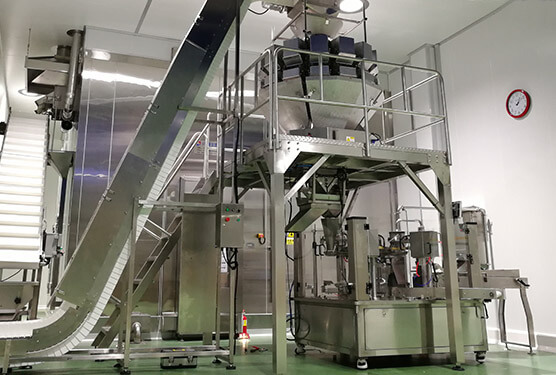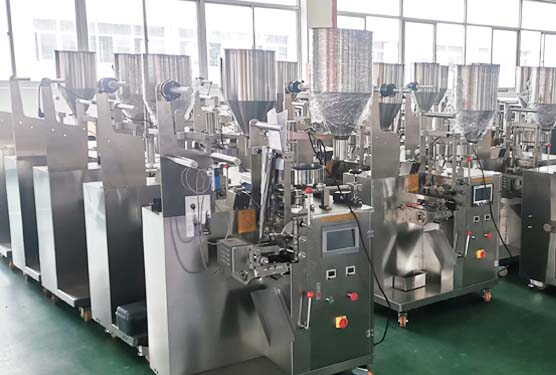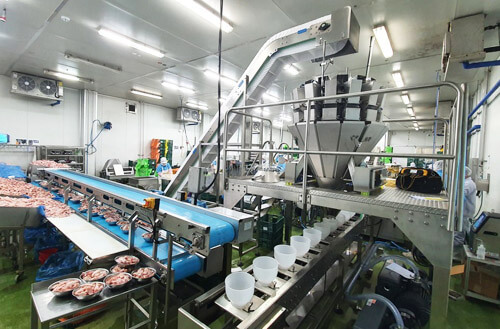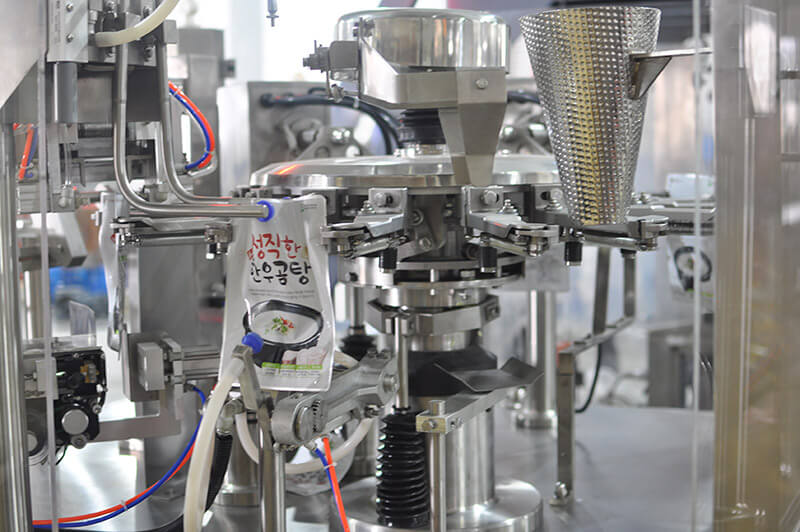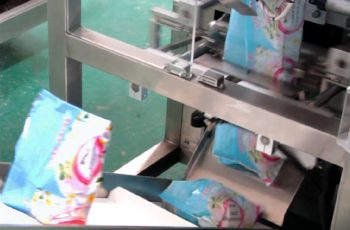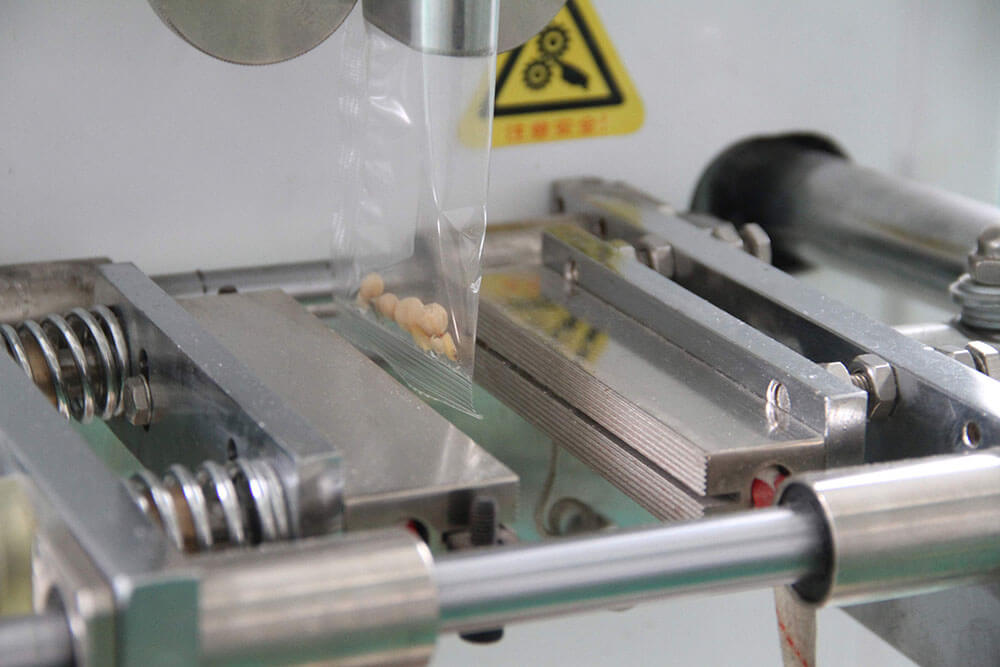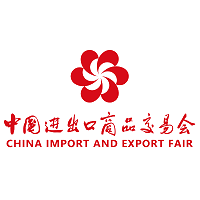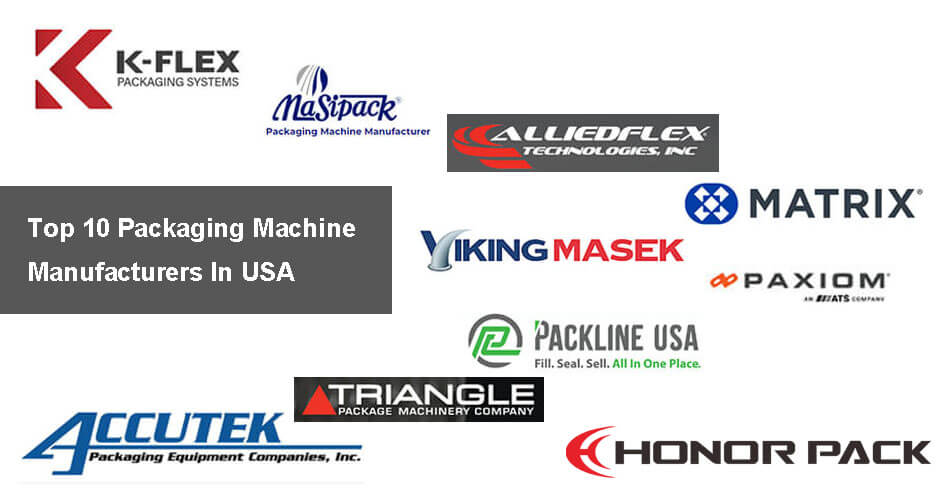Milk powder is popular all over the world. And a high quality milk powder packaging is vital. There are various types of milk powder packaging, such as pouches and cans. Next I will give you an introduction about the types of milk powder packaging, milk powder packaging machine and so on.
What is Milk Powder Packaging?
Milk powder packaging is a solution for putting powdered milk into containers such as bottles, cans, bags, etc. Its basic purpose is to protect the powdered milk from damage caused by moisture, light and other factors.
Milk powder packaging is constantly evolving, with more and more types of packaging available to meet people’s increasing needs. Milk powder packaging has many types, from the early days of glass bottles and metal cans to the later days of flexible packaging and the current development of innovative materials such as high barrier films and eco-friendly materials. There are different types of machines for filling milk powder as well. Next, I will introduce you to milk powder packaging and its filling machines.
The Advantages of Milk Powder and Milk Powder Packaging
Milk powder is a dairy product that retains the valuable nutrients in milk by evaporating the liquid part of the milk, leaving behind a dry powder. This process extends the shelf life of the product and increases its convenience, saving space and reducing transportation costs.
Milk powder packaging further extends the shelf life of milk powder and provides effective protection. It also has various packaging forms, including bags, cans, etc.. This gives consumers a diverse range of options.
At the same time, ease of use is also a major feature of milk powder packaging. Many milk powder packages are equipped with measuring spoons and spouts, so you can take out the exact amount of milk powder you want.
Milk Powder Packaging Types
Pouches
Pouch packaging has many types and they are highly customizable. They can be designed using different types of materials such as plastic, paper and aluminum. Plastic is lightweight, durable, well-protected, has good moisture and light protection. And paper is easy to recycle.
- Stand Up Pouch: It is one of the most popular forms of milk powder packaging and is perfect for home use. It stands up and is not only great for shelf display in stores. And, it’s highly customizable, you can see stand up pouches with a handle, with a nozzle, valve or a zipper. They’re usually resealable, it is necessary for your daily needs. By the way, it has strong material, not easily broken. At the same time, it is very cost-effective as it costs less to package than metal or glass cans.

- Gusseted Pouches: Made of multi-layer laminated film, the folding inserts are designed to create a three-dimensional bag. With the use of re-seal, a suitable for family or large-capacity powdered milk packaging
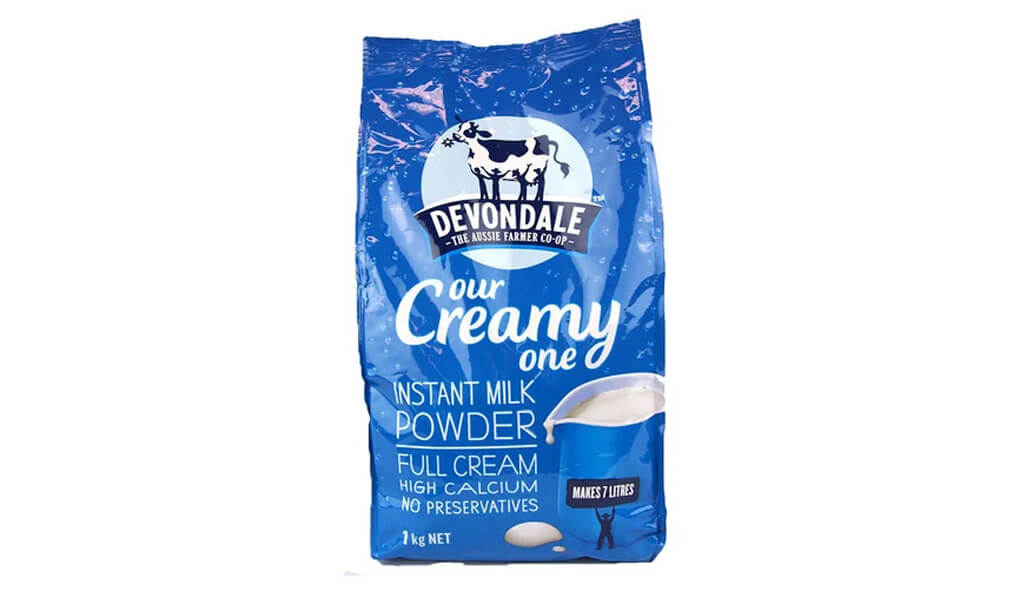
- 3/4 Side Sealed Pouch: 3/4 Side Seal Pouches usually made of film material, commonly used materials like polyethylene (PE), polypropylene (PP) and composites. One side for quick and easy filling of products, when the filling is done, it would be sealed. 3/4 Side Seal Pouches are flat shaped and easy to stack when filled. Typically used for single-serving packages of milk powder, with options for easy-tear, continuous packs and hang-hole types.

- Stick Packaging: Stick packaging is less commonly used in milk powder. They are more common for coffee or drink mixes. It is a thin tubular package, usually for single use, with a small volume, suitable for packaging single-dose milk powder. Very portable, you can just slip them into your bag before your daily outing or traveling.

Metal Cans
The cans used to package milk powder are designed with high-quality, food-grade metals like stainless steel, often with a tin coating on the steel, which increases the corrosion resistance of the metal can. It is stronger and more durable than flexible packaging and it provides a high degree of protection against moisture, light and other environmental factors.
But it’s certainly not as convenient as flexible packaging. It has a relatively large size and weight, you certainly don’t associate it with portability. Usually, a measuring spoon is included in the can. This makes it easy for you to take out the exact amount of powdered milk you need. It is especially suitable for use at home. Inconvenient for you to carry around. And it is also suitable for reuse. When you have finished using the milk powder in the can, you can wash and dry the can and use it to store other items like sugar or salt.
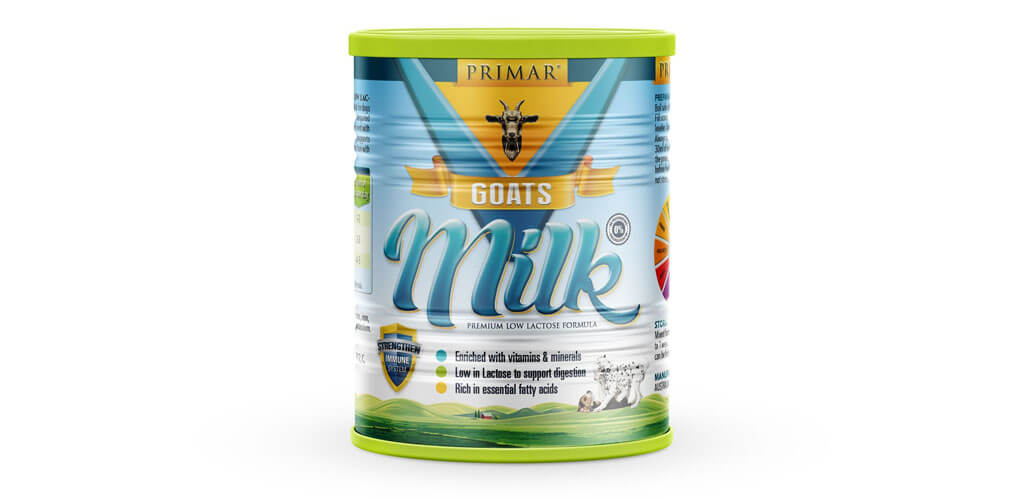
Glass Jars
One of the main features of glass jars is transparency, you can clearly see the milk powder in the glass jar. It may enhance your desire to buy. And its sealing and moisture resistance are quite good, good for the preservation of milk powder. However, glass jars are heavy and fragile. This will cost you more to transport. And you have to be extremely careful during transportation or storage. It is suitable for reuse just like metal cans. If you don’t want it anymore after you’ve used up the powdered milk inside, you can also sell it to a recycling place for recycling – it’s very easy to recycle.
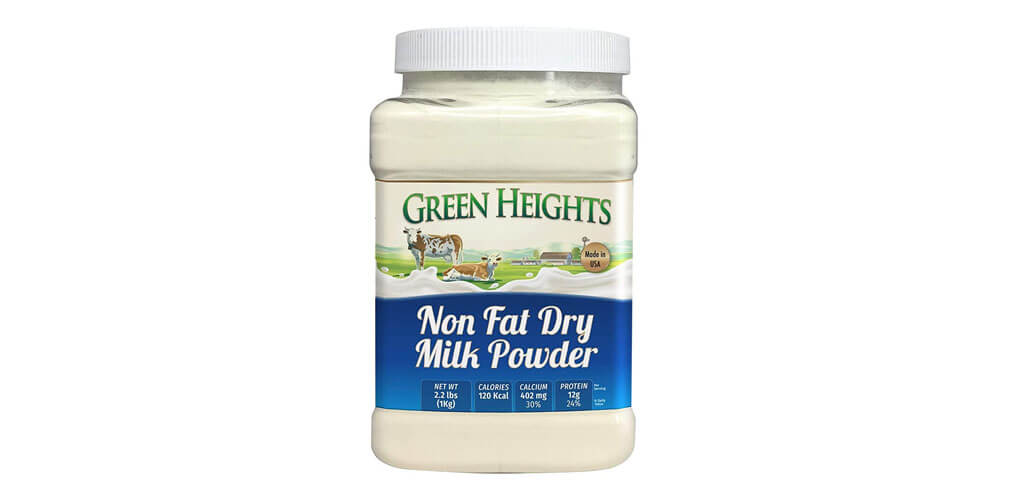
Bulk Packaging
Bulk packaging for milk powder has a large capacity and is used to pack large quantities of milk powder. Usually made of FIBC, plastic film, low cost and very suitable for transportation.

Machines for Milk Powder Packaging
Auger Milk Powder Filling Machine
Like many powdered products, milk powders often use auger fillers as part of their packaging machinery. Auger filling machines are characterized by high precision and speed. The milk powder is kept flowing by the agitator and is directed towards the auger. The auger transports the milk powder to the filling nozzle and then into the container. The speed of the auger can be adjusted via the control panel.
Vertical Form Fill Seal Machine
VFFS Packaging Machine is an automated equipment designed to vertically form, fill and seal products like milk powder. It can handle a variety of sizes and styles of pouches like pillow bags, corner bags or folding bags and other simple bag types. Roughly through these steps like forming, filling, sealing, cutting and finally delivering the finished product via conveyor belt.
Rotary Milk Powder Packaging Machine
This type of machine uses a rotary table to perform multiple packaging steps automatically, which usually include several steps like dosing, filling, and sealing. The control panel is simple and easy to operate. You can easily adjust the relevant parameters. And the rotary powder packaging machine can work continuously with high efficiency and high output. Perfect for milk powder packaging.
Stick Milk Powder Packaging Machine
Stick milk powder packaging machines are used to produce stick packages. They have high speed and continuous stick packaging production. Stick packers are usually compactly designed that can save a lot of space.
Benefits of Using Nitrogen in Milk Powder Packaging
Prevent Oxidation and Extending Shelf Life
By filling nitrogen to the package to replace oxygen, an oxygen-free or low-oxygen environment can be achieved inside the package. It helps to prevent oxidation of milk powder. What’s more, nitrogen is an inert gas that does not react with food. This helps to prevent the growth of fungi, bacteria and other microorganisms, stops milk powder from spoiling and extends its shelf life.
Moisture Protection
Nitrogen helps prevent moisture from entering the package. Moisture can cause milk powder to clump and grow bacteria that can cause product spoilage. Filling nitrogen to the package can help maintain a dry environment inside the package.
Aroma Preservation
The unique aroma of milk powder is very important to a good quality milk powder product. The moment you open the milk powder package, you will surely prefer the strong milk aroma to a milk powder product with no milk aroma. Oxygen and moisture will cause the aroma to fade. Filling nitrogen to the package will greatly reduce the interference of oxygen and moisture. This will help to keep the aroma of the milk powder and maintain the freshness.
Considerations to Make Sure the High Quality of Your Milk Powder
- The packaging process must maintain a clean and controlled environment with a high level of hygiene to reduce the risk of contamination and exposure to harmful bacteria.
- Pay attention to the impact of dust and take effective dust control measures, such as using enclosed jaw drives, using machines with high IP protection classes, and using dust hoods.
- Providing a good barrier protection to keep your product from light, moisture, and oxygen.
- You should also pay attention to the impacts of oxygen and moisture on your product In the packaging process. and take appropriate measures to minimize these impacts.
- Make sure the accuracy and consistency in the filling process.
Conclusion
A full understanding of milk powder packaging is very helpful for you to package milk powder. The measures and considerations listed in this article can help you produce high quality milk powder packaging. The various types of packaging mentioned above can also provide a good reference for you to choose what kind of milk powder packaging you are going to produce.

